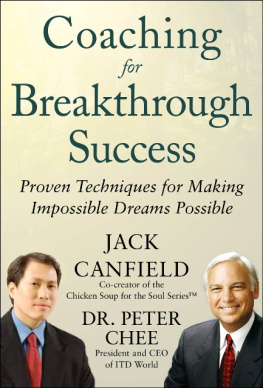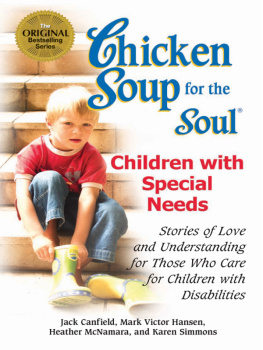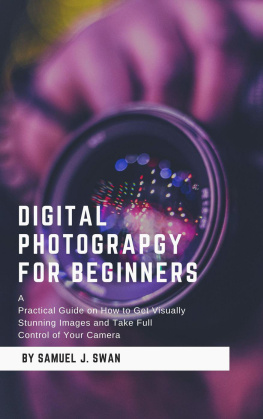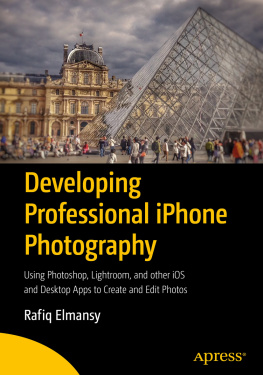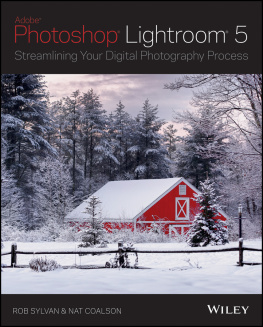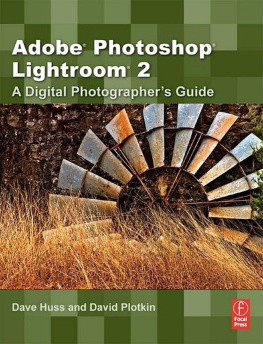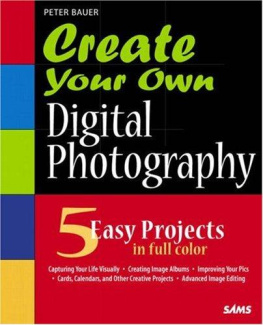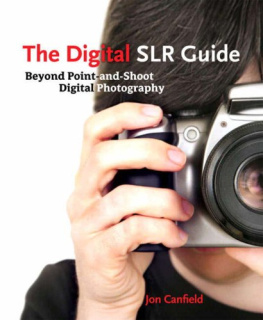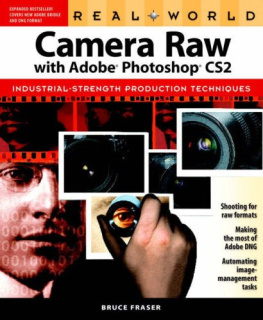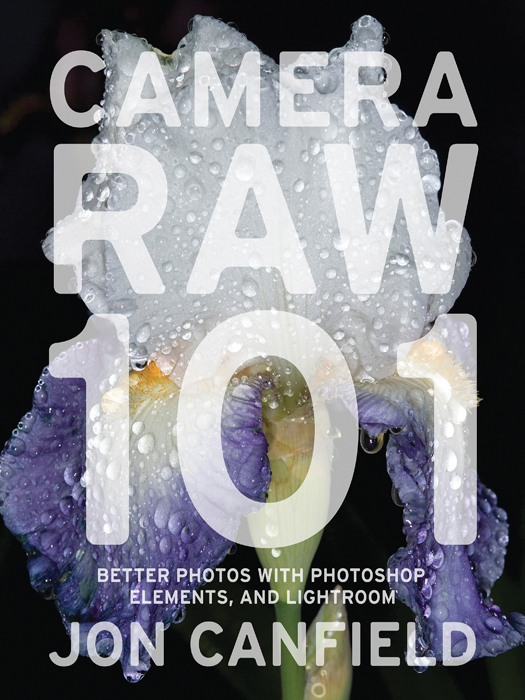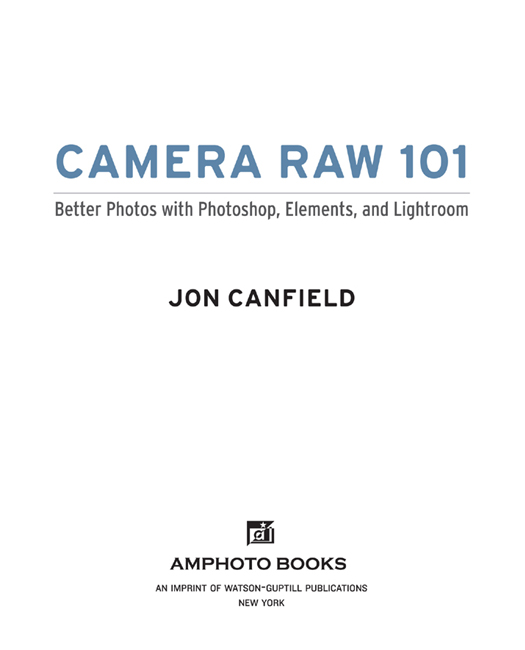Copyright 2009 by Jon Canfield
All rights reserved.
Published in the United States by Amphoto Books, an imprint of Watson-Guptill Publications,
Crown Publishing Group, a division of Random House, Inc., New York.
www.amphotobooks.com
www.crownpublishing.com
www.watsonguptill.com
Library of Congress Control Number: 2009920540
eISBN: 978-0-8174-3583-7
Senior Editor: Julie Mazur
Project Editor: Carrie Cantor
Production Director: Alyn Evans
Art Director: Jess Morphew
Cover design: Hsu + Associates
Cover photograph: Jon Canfield
v3.1
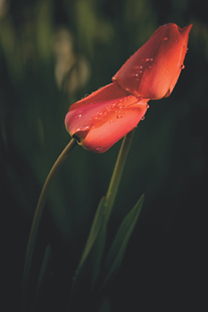
TO KATHY,
my wonderful wife and best friend
CONTENTS
FOREWORD
Sometimes it seems like giving good advice is remarkably easy. Just offer the conservative recommendation, and youre pretty safe. This certainly holds true when offering photographic advice. Use a tripod. Use mirror lockup. Use a cable release. And of course, digital cameras have provided us with the latest addition to the long list of safe recommendations for photographers: Capture in RAW. The common thread among all these, of course, is that if you follow the recommendations youll achieve images of higher technical quality on a more consistent basis.
The problem is, while most photographers can very easily set their digital cameras to capture in RAW, they dont understand how to best deal with those RAW captures to achieve their ultimate goal: producing the best images possible.
Fortunately, you hold in your hands the solution to this problem. Jon Canfield has written an excellent book thatin plain Englishexplains everything you need to know to make the most of RAW capture after the picture has been taken. In addition to detailed coverage of how to convert your RAW images with both basic and advanced techniques, Jon shows you how to download the images, get them organized, and then put the finishing touches on your RAW captures after conversion to get them ready for printing. He even demonstrates how you can automate the process of converting a large number of RAW captures quickly and easily when speed is your primary objective.
RAW capture enables photographers to exercise unprecedented control over their images, and I think that is a truly exciting thing. For many photographers, working in a wet darkroom wasnt an attractive option, so they gave up much of the control over the final interpretation of their image. The digital darkroom has enabled photographers to have that control again (and so much more!), all in the comfort of their computer chairs. But RAW takes this control far beyond what was possible before. With it, we can now fine-tune the color temperature, extract maximum detail from shadow and highlight areas, and work with confidence using high-bit data to ensure the best quality possible in the final result, and Jon will guide you through all these topics in this book.

I think most photographers have become familiar with the concept that RAW capture can help them achieve the best quality possible. With this book, youll go beyond the theory and learn to process your RAW captures with skill and confidence. And if you had any concerns about the complexities involved with RAW capture, let me put your mind at ease. I am fortunate enough to know Jon personally, and I can tell you that reading this book is just like having a conversation with him over lunch: comfortable and educational. Youre in for a treat, and youll be amazed at how much better your images can really be!
TIM GREY, photographer, teacher, and author or coauthor of fifteen books on digital imaging
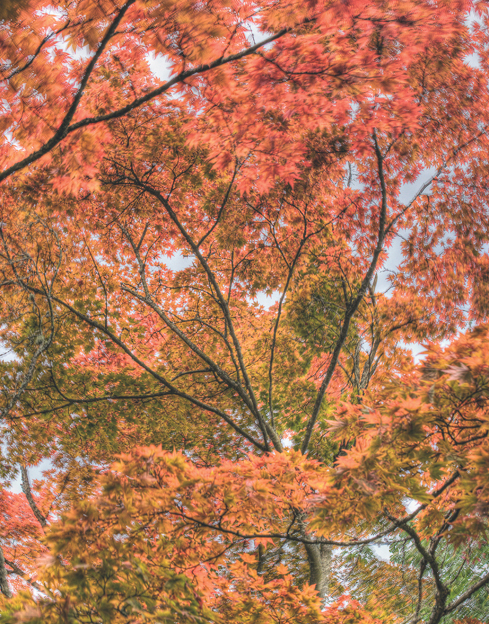
INTRODUCTION
This book is for any digital photographer who is interested in going beyond the preset options in the camera and is ready to take control over the creative process. If you have read about RAW capture, or tried it yourself and ran into the roadblocks most of us did at the start, this book is all about giving you the information you need to make RAW work for you. You dont need to be a Photoshop Elements or Photoshop expert. In fact, if you have basic familiarity with either of these programs, youre ready to go. All you really need is a camera that captures RAW files and a copy of Elements or Photoshop with Camera Raw.
WHAT IS RAW?
A RAW file is the digital equivalent of a film negative. As with film, the RAW file contains information on the amount of light that was seen by the sensor. It knows nothing of how you intended the scene to be captured or of what lighting was used. You retain the control over how the RAW file is processed just as you did with a film negative.
Every digital capture begins as a RAW file, but when you select JPEG as the output, the cameras built-in RAW converter processes the file, applying the white balance, color correction, and compression settings according to the camera settings. It also converts your file to 8 bit, throwing out a good deal of color information that can be used for more control when editing the image.
In its most basic form, a RAW file is simply a collection of the luminance values recorded at each photo site at the time of capture, along with data containing the camera settings and most likely a JPEG thumbnail that is used for review on the camera LCD.
Although RAW files are technically just the recorded value of light from each photo site, every camera manufacturer interprets this data differently, even when the same imaging sensor is used. This has led to the proliferation of RAW conversion programsfrom independent companies as well as each of the camera manufacturers. The most popular option for many, though, and the subject of this book, is Adobe Camera Raw, found in Photoshop Elements, CS4, and Lightroom.
There are ongoing talks of standardizing the RAW format, but the chances of this happening in the foreseeable future are slim at best. With Adobes creation and release of DNG specification, or digital negative, there is an increased likelihood that standards may become a reality.
A key advantage to the DNG format, aside from Adobes influence in the digital imaging market, is that your RAW files will be convertible in the future. Thus, youre covered in the event that you replace your digital camera with a different brand or find that support for your cameras RAW format has been discontinued.
WHY YOU SHOULD SHOOT RAW
When total control and the highest possible image quality are needed, RAW is the perfect format to use. The greater dynamic range, color depth, and post-capture editing capabilities make the RAW format the best choice in most situations.
RAW files shouldnt be seen as the lazy persons way to great images, though. A poorly composed image, an out-of-focus image, or one with gross exposure errors isnt going to be magically transformed into a quality photograph because you were able to edit the RAW file. Its still the responsibility of the photographer to capture the best possible image


